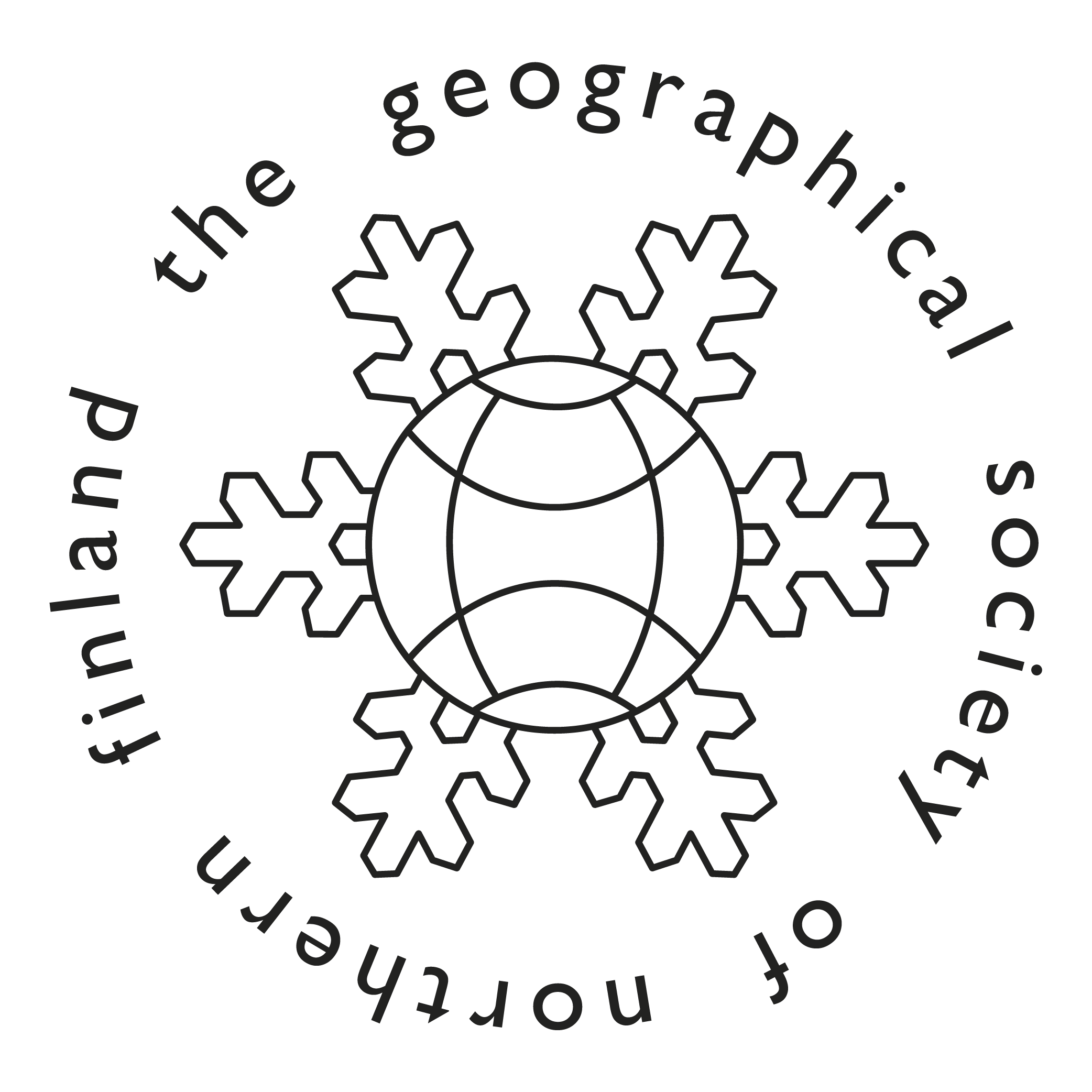In Search of the Sense of Finnish Lakes: A Geographical Approach to Lake Tourism Marketing
Abstract
The initial recognition of the Finnish natural landscape took place during the first half of the 19th century, and the lake landscape was chosen as the symbol of Finland due to its geographical exceptionality, but also due to the fulfilment of the picturesque requirements of beauty and variety. By the end of the 1800s, Finland had already been acknowledged as the land of a thousand lakes, and from the early 1900s to the 1980s, lakes were Finland’s international marketing trump card.
Although lakes are one of the key attraction factors of Finnish tourism, the basic knowledge of the specificity of the country’s lake resource among tourism operators is surprisingly thin. Despite the fact that in recent years the role of lakes has been recognised, Finland’s great lake resource is still in many respects a dormant tourism opportunity.
The purpose of this thesis is to contribute an understanding of Finnish lake tourism and to evidence how a geographical approach can contribute new ideas to lake tourism development and especially to the marketing of lakes. While a more traditional holistic approach interprets the landscape as a measurable part of the physical environment, humanistic geography presents a multi-layered view that goes beyond what we see, interpreting the landscape as a more comprehensive visual and experiential phenomenon that is created through our mind, in addition to sensory observations. The main focus of this thesis is in seeing and experiencing a [lake]landscape. Introducing the concept of ‘sense of place’ into the mental landscapes connected with the lake allows the development of lakes as a tourism resource and the touristic development of a region. Raising the ‘sense of place’ to the ranks of traditional tourism images increases the value of lake tourism and lake landscapes.
The methodological approach taken was built-in triangulation with a series of separate data gathering sessions from 2001 to 2008. The selected research methods were mainly qualitative, in order to draw on respondents’ verbatim descriptions of the lakes. The lake as a place and space was studied from the perspective of the consumption of space by studying the organic images of potential visitors in Finnish Lakeland and the production of space by presenting the concept of Lake Wellness.
This study clearly shows that the marketing of lakes has to start from a more complex viewpoint. In other words, the lake should be seen as a landscape and place that does not leave the observer outside, as do the ideals of the traditional objective landscape. The lake landscape is construed not only on the basis of personal experience, but also on the social and cultural interpretation of the lake. The lake has to be made a significant rather than a neutral natural landscape. Experiencing a lake landscape or a lake environment can be seen as part of ‘doing’ tourism. There is not necessarily a need to be physically present in the landscape. A similar experience to doing tourism can be achieved by gazing at touristic photographs. However, without any introduction to Finnish culture, the meanings remained rather irrational and even artificial in the mental images of a non-Finnish audience.






